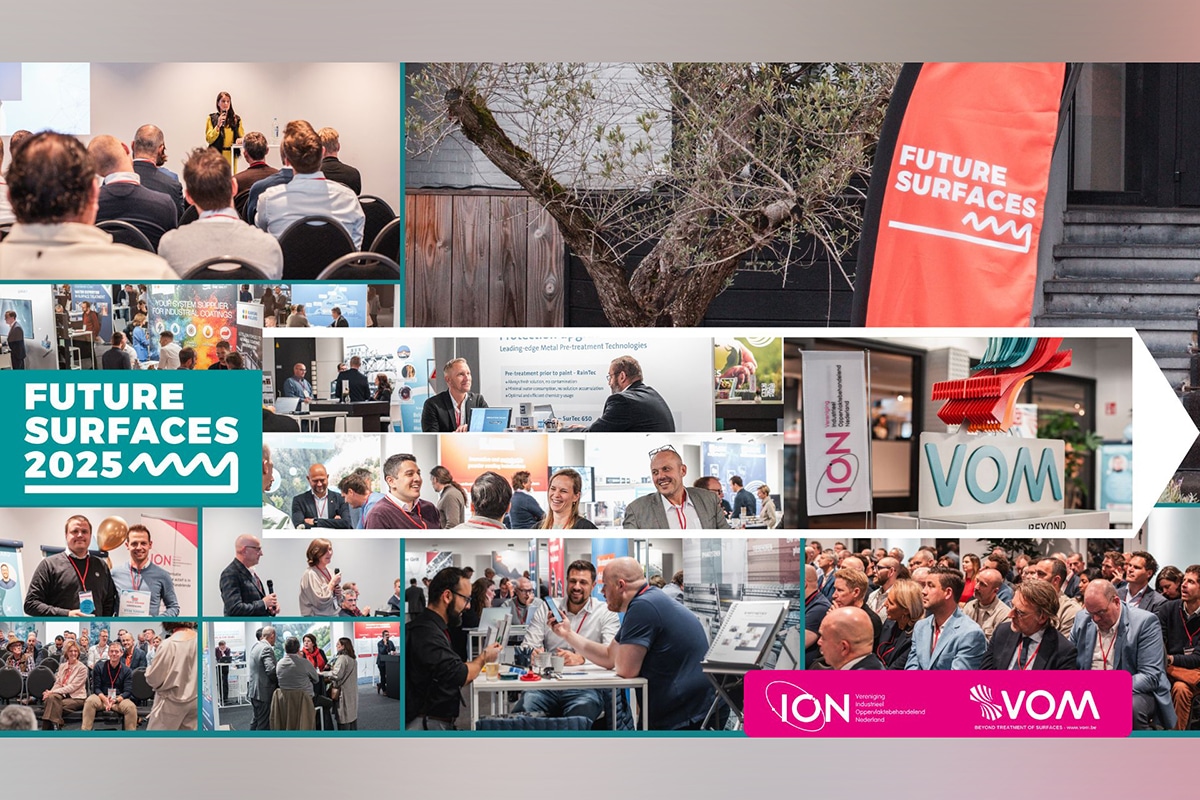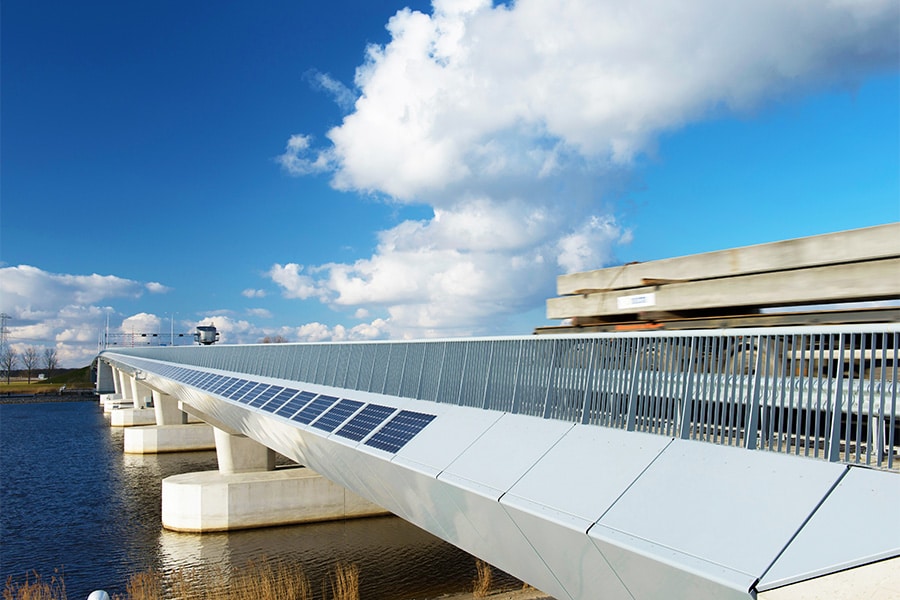
Clients jointly update roadmap for sustainable works of art
The GWW sector plays a crucial role in achieving climate goals, due to its large impact on material consumption and CO2 emissions. To accelerate sustainability in the sector, the first roadmaps were developed in 2021. These describe the measures and steps of how the sector is working towards a climate-neutral and circular infrastructure. This year, the national government, together with municipalities, provinces and water boards, is updating these roadmaps to make them more broadly applicable.
One of the roadmaps is from the transition path Artworks. It is a strategic plan that gives direction to the sustainability of bridges, viaducts, locks and other engineering structures in our country. "The first version of the Engineering Works roadmap from 2020 focused mainly on large engineering works of the Department of Public Works and ProRail," said Bas Nanninga, policy advisor on circular economy at the Union of Water Boards. "After this update, the roadmap better suits the often smaller objects of co-governments. It helps governments to make their, and therefore also our, circular and climate-neutral ambitions concrete." Frans Noordberger, sustainability program manager at the province of North Holland, adds: "We pull together in this and jointly determine what we consider important, where the focus should be and where the most sustainability gains can be made."
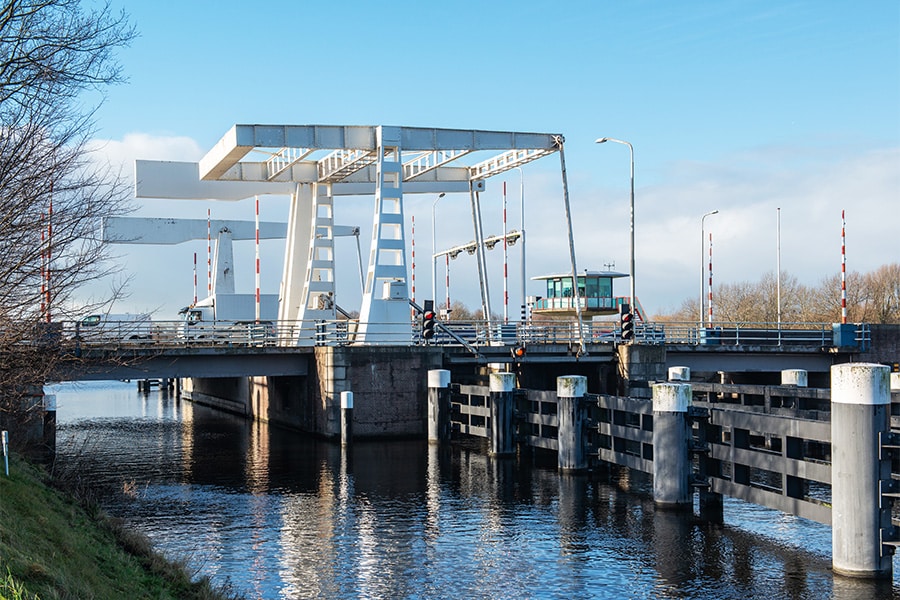
Prioritization
The core of updating the Artworks roadmap is on harmonizing efforts by various governments to work more sustainably. "Only together can you become more sustainable," argues Noordberger. "The moment you work together, you combine knowledge and strength and unambiguity is created towards the market. If we as the province of North Holland were the only client to ask for certain sustainable requirements, the market is not going to move. If we all apply the same type of requirements, we expect the market to move. Especially if you also coordinate those requirements with the market. This is not yet the standard within GWW. We are still in the middle of the process, but some nice steps are being taken in the right direction. Think of the Clean and Emission-free Building Covenant (SEB) or the maximum MKI values from the Concrete Agreement."
From the transition path Artworks, three working groups have been formed to work on the update: one for bank structures, one for fixed structures and one for movable structures. "Each working group will come up with a list of measures, recommendations and prioritizations. Soon we will meet and determine a top five most important measures with which we think we can make the most impact in terms of sustainability and circularity."
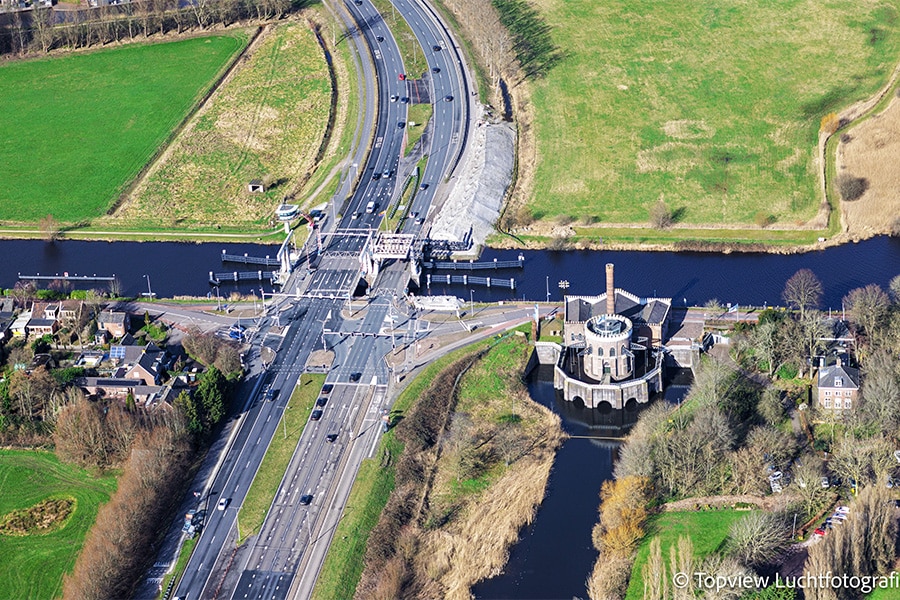
R-ladder
"In determining those measures, we follow the R-ladder; a tool to indicate the degree of circularity," says Nanninga. "The starting point is to aim as high as possible on this ladder. We assess the different strategies of how to deal with structures and structures. That starts with reducing resource consumption and ends with possible options for recycling. Strategies higher up the ladder save more resources. So we determine where we are now, what measures are already in place and what are the challenges for the future that will allow us to make the most impact. That prioritization is not yet complete." Noordberger adds: "By the way, we consider an artwork in a broader perspective than just based on circularity. One of the aspects in that is looking at whether a work of art is still suitable for its function, because that can also have changed over the years. Is a movable bridge actually still needed at this location?"
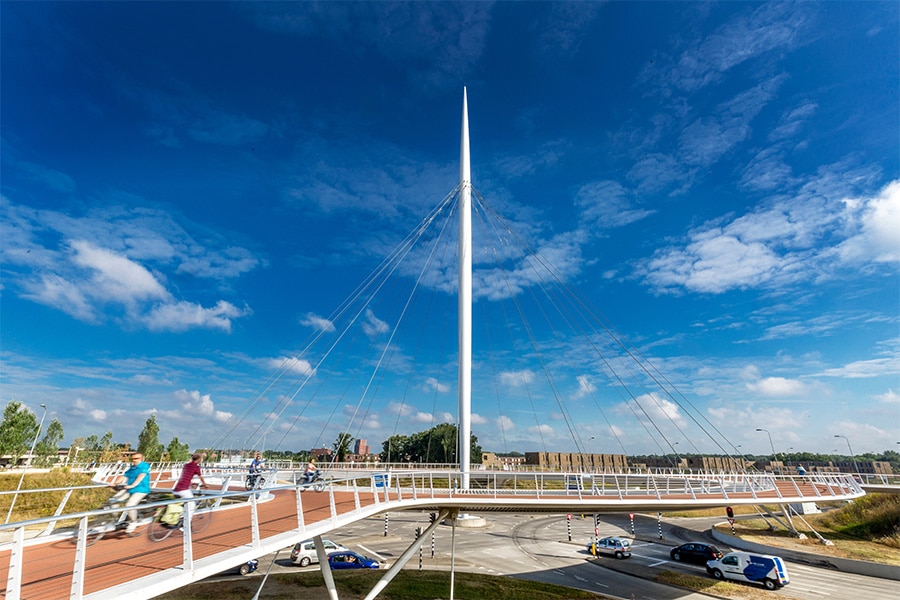
Market consultation
Both men indicate that the prioritization of measures is only a matter of time. "Once the prioritization is determined in concept, we will still submit it to the market," says Nanninga. "That feedback is also important to us and very valuable in order to arrive at realistic and concrete objectives. After all, we have to do it together and avoid reinventing the wheel all by ourselves. That's more expensive and slower." Aside from the focus on replacement and renovation, Noordberger says it is important not to lose sight of maintenance. "We have to remember that we don't have to replace some of it if we maintain structures properly," he says. Nanninga adds: "That is also a major focus of the roadmap update. Life-extending measures are mentioned in the existing roadmap, but there is not much action perspective yet. So there are also opportunities there that we will discuss in more detail during expert sessions after the market consultation. In short, there is still plenty to do."
The updated version of the roadmap of transition path Artworks is expected to be published by the end of this year. The ambitions and innovations will then be made more concrete step by step. So that eventually both governments and market parties will have a concrete and uniform guideline to make the current infrastructure sustainable in a future-proof manner. To be continued!

